William P. Cunningham is an emeritus professor at the University of Minnesota. In his 38-year career at the university, he taught a variety of biology courses, including Environmental Science, Conservation Biology, Environmental Health, Environmental Ethics, Plant Physiology, General Biology, and Cell Biology. He is a member of the Academy of Distinguished Teachers, the highest teaching award grated at the University of Minnesota. He was a member of several interdisciplinary programs for international students, teachers, and nontraditional students. He also carried out research or taught in Sweden, Norway, Brazil, New Zealand, China, and Indonesia. Professor Cunningham has participated in several governmental and nongovernmental organizations over the past 40 years. He was chair of the Minnesota chapter of the Sierra Club, a member of the Sierra Club national committee on energy policy, vice president of the Friends of the Boundary Waters Canoe Area, chair of the Minnesota governor’s task force on energy policy, and a citizen of the Minnesota Legislative Commission on Energy. In addition to environmental science textbooks, Professor Cunningham edited three editions of Environmental Encyclopedia published by Thompson-Gale Press. He has also authored or co-authored about 50 scientific articles, mostly in the fields of cell biology and conservation biology as well as several invited chapters or reports in the areas of energy policy and environmental health. His Ph.D. from the University of Texas was in botany. His hobbies include birding, hiking, gardening, traveling, and video production. He lives in St. Paul, Minnesota, with his wife, Mary. He has three children (one of whom is the coauthor of this book) and seven grandchildren.
Mary Ann Cunningham is a professor of geography at Vassar College in New York’s Hudson Valley. A biogeographer with interests in landscape ecology, geographic information systems (GIS), and land use change, she teaches environmental science, natural science conservation, and land use planning, as well as GIS and spatial data analysis. Field research methods in data analysis are regular components of her teaching. As a scientist and educator, she enjoys teaching and conducting research with both science students and non-science liberal arts students. As a geographer, she likes to engage students with the ways their physical surroundings and social context shape their world experience. In addition to teaching at a liberal arts college, she has taught at community colleges and research universities. She has participated in Environmental Studies and Environmental Science programs and has led community and college field research projects at Vassar. Mary Ann has been writing in environmental science for nearly two decades. She has published work on habitat and landcover change, on water quality and urbanization, and other topics in environmental science. She has also done research with students and colleagues on climate change, its impacts, and carbon mitigation strategies. Research and teaching activities have included work in the Great Plains, the Adirondack Mountains, and norther Europe, as well as New York’s Hudson Valley, where she lives and teachers. In her spare time, she loves to travel, hike, and watch birds. She holds a bachelor’s degree from Carleton College, a master’s from the University of Oregon, and a Ph.D. from the University of Minnesota.
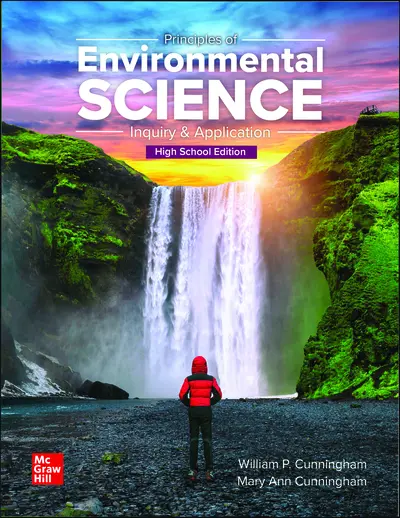




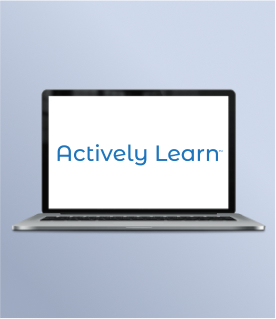





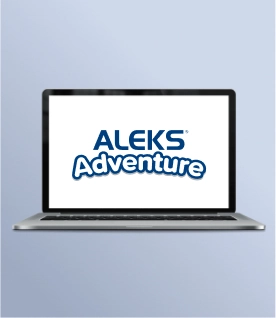
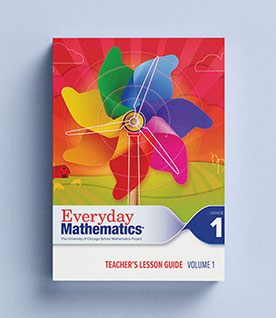

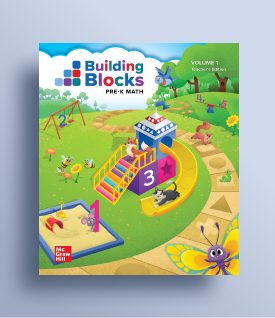















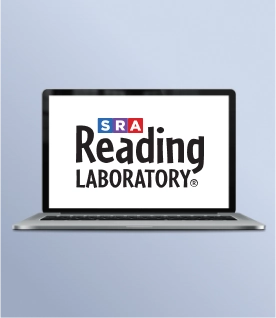











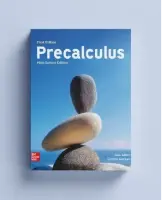

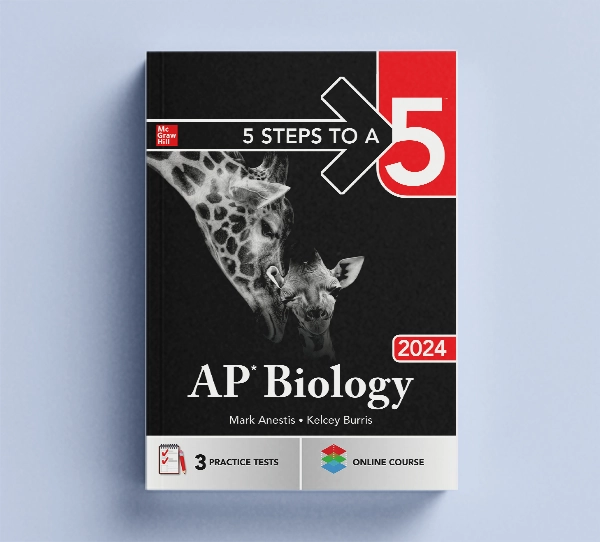
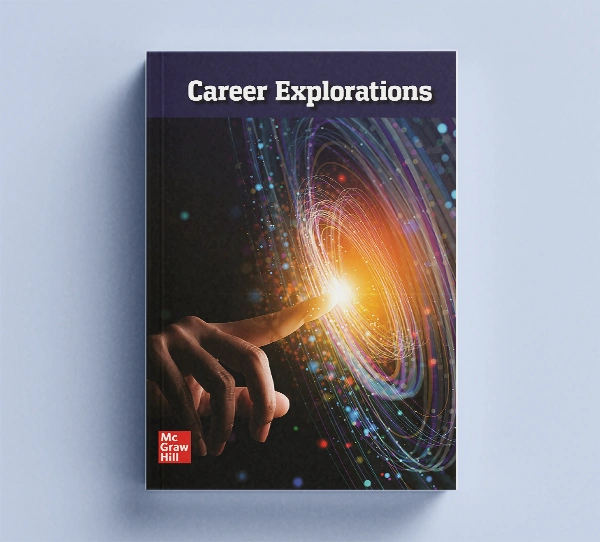
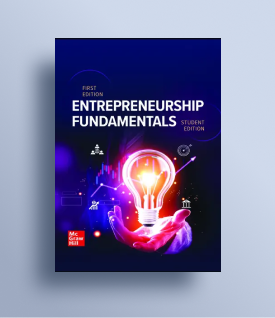

Social Studies
View all Social Studies Programs
IMPACT (K–5)
Actively Learn (3–12)
New Social Studies (6–12)
Networks (6–12)